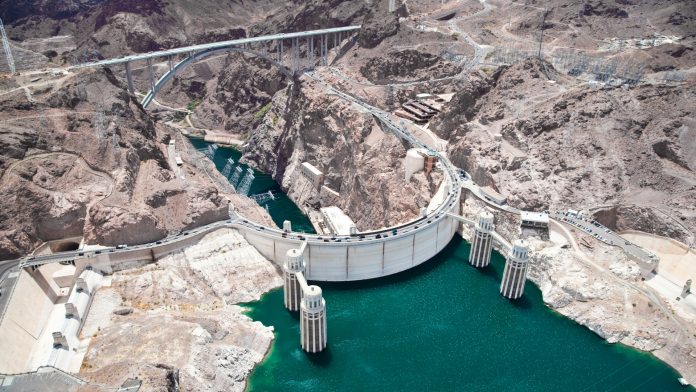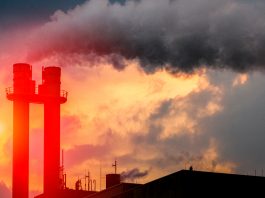In the first study of its kind, researchers have identified that the Earth’s water reservoirs emit more greenhouse gas emissions than previously anticipated.
The research, conducted by scientists from Washington State University and the University of Quebec, has indicated that greenhouse gas emissions produced by water reservoirs are 29% higher than prior investigations had signified. Their research is published in Global Biogeochemical Cycles.
The analysis has concluded that the concerning levels of greenhouse gas emissions are a consequence of previously unaccounted for methane degassing – where the gas permeates through a dam and bubbles upstream, with the scientists finding that an equivalent of 1.07 gigatons of carbon dioxide are produced by the planets waters reservoirs.
Although this amount pales in comparison to the mammoth 36 gigatons generated by industrial sources such as fossil fuels, the amount dispersed by water reservoirs far exceeds that of Germany, the World’s sixth largest annual emitter of greenhouse gases, equalling the weight of 10, 000 fully-loaded US aircraft carriers.
The investigation also examined further unaccounted for variables, such as water depth, temperature, and concentration of sediment. John Harrison, the leader of the research from Washington State University, said: “While a number of papers have pointed out the importance of aquatic systems as sources of methane to the atmosphere, this is the first paper that I know of to look explicitly at which kinds of reservoirs are big sources and why. It gives us the ability to start working toward understanding what we could do about methane emissions from these types of systems.”
Methane is substantially more potent a greenhouse gas than carbon dioxide – a staggering 34 times stronger over a century – produced when plant matter decomposes near the bottom of reservoirs. The team discovered that methane degassing is responsible for around 40% of water reservoir emissions, with previous data skewed by low projections of methane diffusing at the surface.
The highest rates of greenhouse gas emissions were found in waters reservoirs in the tropics and subtropics, with tropical climate zones estimated to be responsible for 83% of methane emissions, which concerningly is where future reservoirs are planned to be constructed.
The positive outcome for the findings is that they can potentially help to develop strategies to reduce methane emissions; this could be attained by withdrawing water close to the reservoir’s surface that Is generally more methane-poor than at deeper regions. This is supported by a further study that found that a decrease in water depth of just three metres achieved a reduction in methane emissions of 92%.
Harrison said: “We aren’t saying that reservoirs are necessarily bad. Rather, we want to bring attention to a source of greenhouse gas emissions that we think can be reduced in the years ahead as we work towards carbon-neutral emissions.
“We’re interested in using this work to improve these models and global estimates. One end goal of this work is to improve our ability to estimate the amount of greenhouse gases coming from reservoirs on a per-country basis so that countries can address this source and include it in the way that they are managing their greenhouse gas liabilities.”








